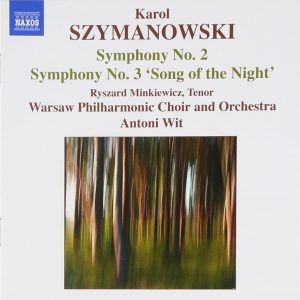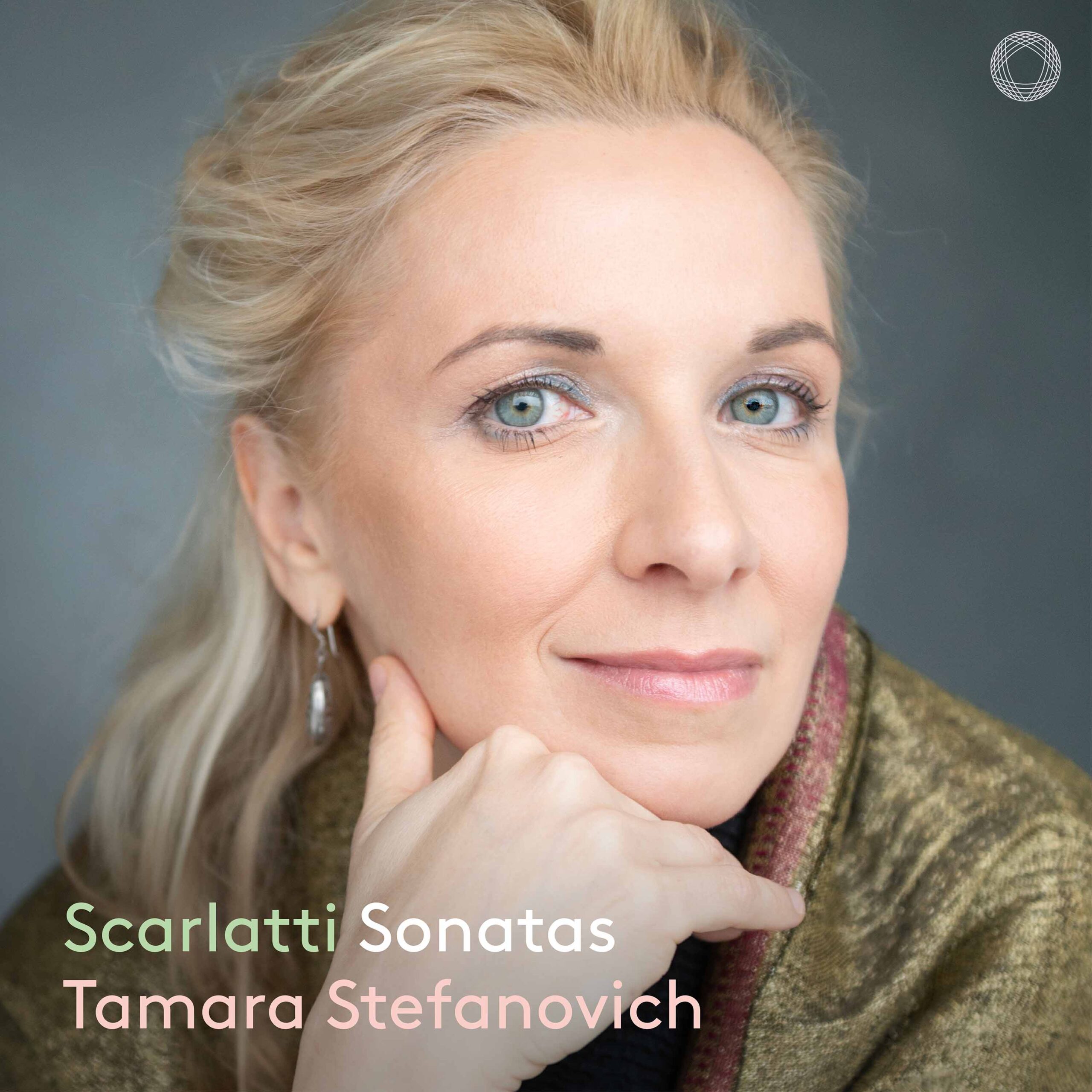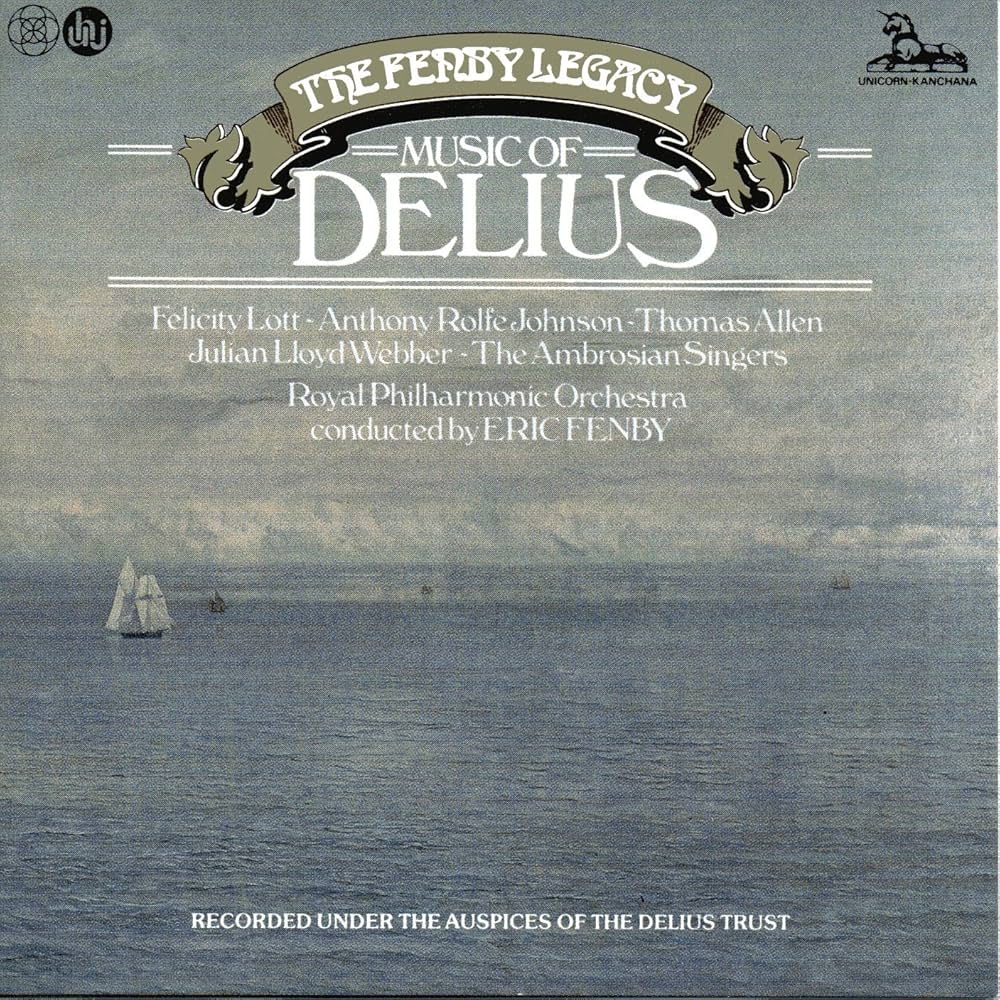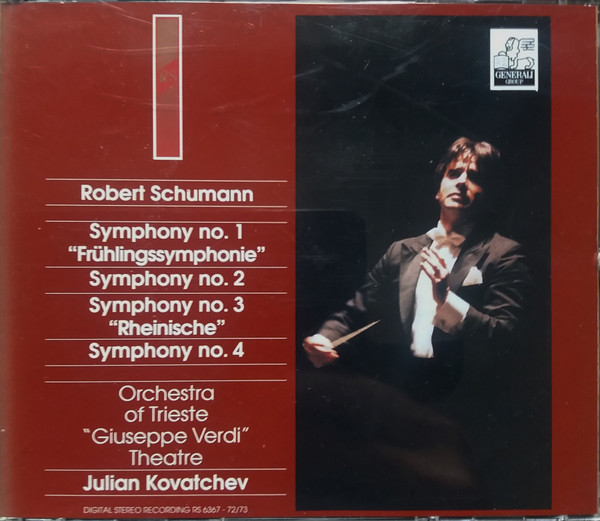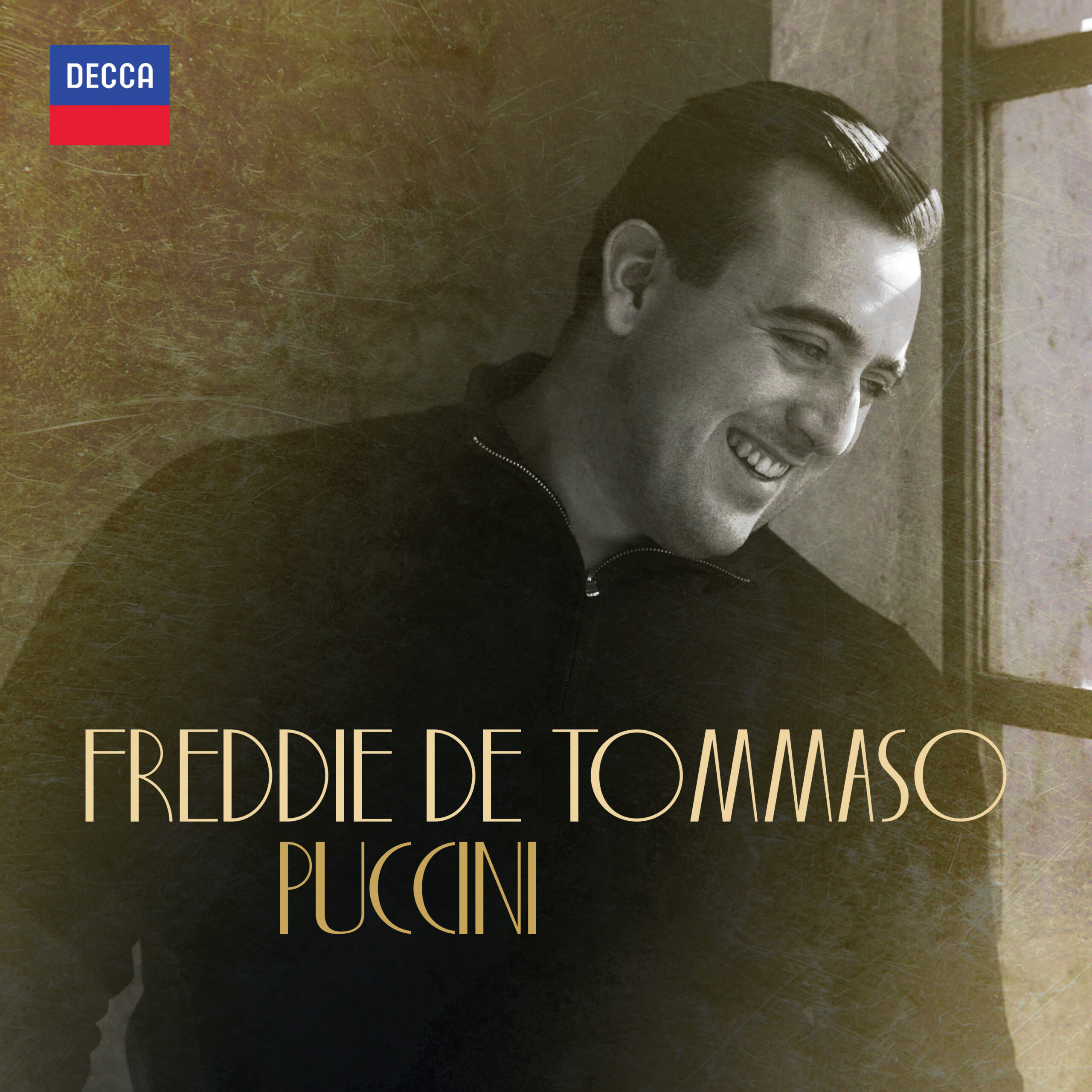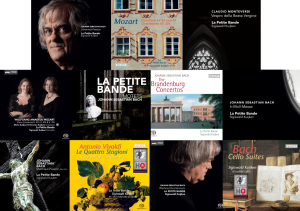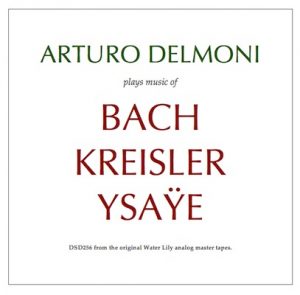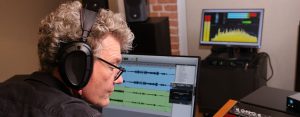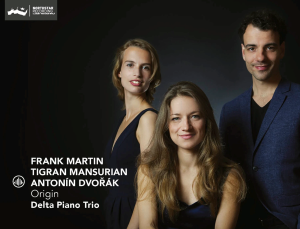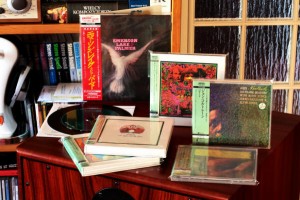No. 2, Op. 19; No. 3, Op. 27 ("Song of the Night"). Ewa Marczyk, violin; +Ryszard Minkiewicz, tenor; Warsaw Philharmonic Orchestra and +Choir/Antoni Wit. Naxos 8.570721. TT: 60.49
The symphonies of Polish composer Karol Szymanowski effectively arrived in the West with the start of the digital era; the musical press was effusive, but I didn't get the fuss. What I heard as the music's general rhythmic spinelessness obscured any clear sense of direction, with the supposedly "shimmering" timbres emerging as deliquescent. Further recordings of a variety of the composer's works—including an earlier, watery Naxos cycle of the symphonies, conducted by Karol Stryja—did nothing to dispel these impressions.
More recently, however, a number of performances have come my way that have significantly modified my viewpoint: all were conducted by Witold Rowicki, who favored a tensile, dramatic style and no-nonsense tempi. A 1967 concert transcription of the Fourth Symphony (Orchestral Concert CDs CD 15/2016), recorded during Warsaw Philharmonic tour in the U.K., projected the music with a taut line and a firm rhythmic impulse; if anything, the conductor underplayed the colors as such. Studio accounts of the Stabat Mater and the Third Symphony (Polske Nagrania PNCD 063) were similarly purposeful while offering greater timbral variety. It just goes to show how an indifferent or perhaps misguided performance can skew one's perceptions.
Antoni Wit, with a similarly assertive temperament, brought a fresh approach to a wide-ranging repertoire for Naxos; he, like Rowicki, draws a strong profile from this music. From the very start of the B-flat Symphony, where the clear, searching violin solo is joined by the other instruments in a clean, unified attack, Wit shapes the musical line with firmness and purpose. He underlines influences that haven't been clear elsewhere: of late Debussy, later in that same movement; of Ravel's Daphnis in the wordless chorus and balletic undulations of the Third's Allegretto tranquillo; and of Scriabin in the nervously flickering, segmented motifs everywhere. He also brings the music a welcome measure of expressive flexibility, as in the Second's gavotte episode.
The composer eschews standard symphonic structures in both scores. In the B-flat, the first movement's restless start eventually moves into a serene "recap" and resolution. The rich, unstable harmonies of the second movement, a theme and variations, gradually become more affirmative. The sprightly staccato chords of the "Scherzando" (track 5) sound oddly Germanic—think Mendelssohn—easing into a calm legato. The triumphant tutti of the gavotte (track 6) subsides into a pensive Tempo di minuetto, which doesn't really feel like one; the angular final variation sounds more modern. It segues into the finale, a quirky fugue that maintains rhythmic energy even when the sense of an actual fugue has become blunted. After a lyric episode, the activity resumes, leading to a pointed, vigorous conclusion.
If the B-flat symphony reflects late-stage Romanticism, Song of the Night sounds altogether more "modern" from the start, with its eerie pulsing chords and light percussion accents. The chorus is clean and rhythmically precise, and the movement builds to yet another distinctly Scriabinesque climax. Vague drumbeats and slithery soli from the clarinet and violin lend the Allegretto tranquillo a vaguely "Oriental" cast: it offers quick, agitated passages balanced by broader, but still dynamic, legato stretches. The harmonically unstable Largo finale musters an impressive sense of sweep.
It's odd that Ewa Marczyk has been given specific billing for the violin solo in the B flat Symphony—which I didn't particularly notice, once past the first few bars—but not for the soaring lines in Song of the Night, which I assume she's also playing, as concertmaster, and with breathtaking, pinpoint accuracy. In that latter score, tenor Ryszard Minkiewicz has a heady tone—at first, he sounds almost like an alto—that becomes more plangent as it descends. In the Largo, he finds the tessitura low at the start and strains at the higher end; nor does he capture the music's sweep as the polished, assured orchestra does.
The sound is vivid. I heard a brash high end in some peaks, and, in the outer movements of Song of the Night, the percussion, as so often, is permitted to turn the climax opaque; on the other hand, the drums seemed almsot underpowered at the climax of 2/i.
Stephen Francis Vasta is Principal Conductor of Lighthouse Opera in New York. (lighthouseopera.com)




